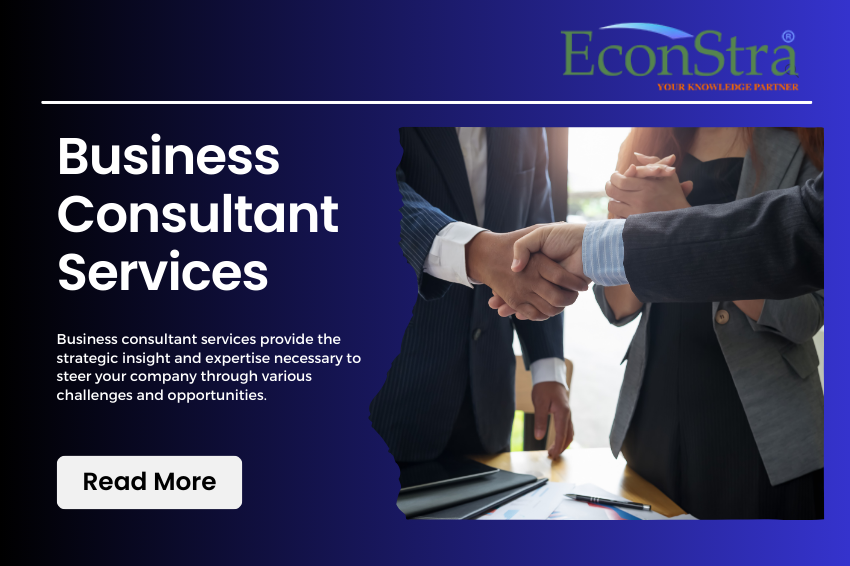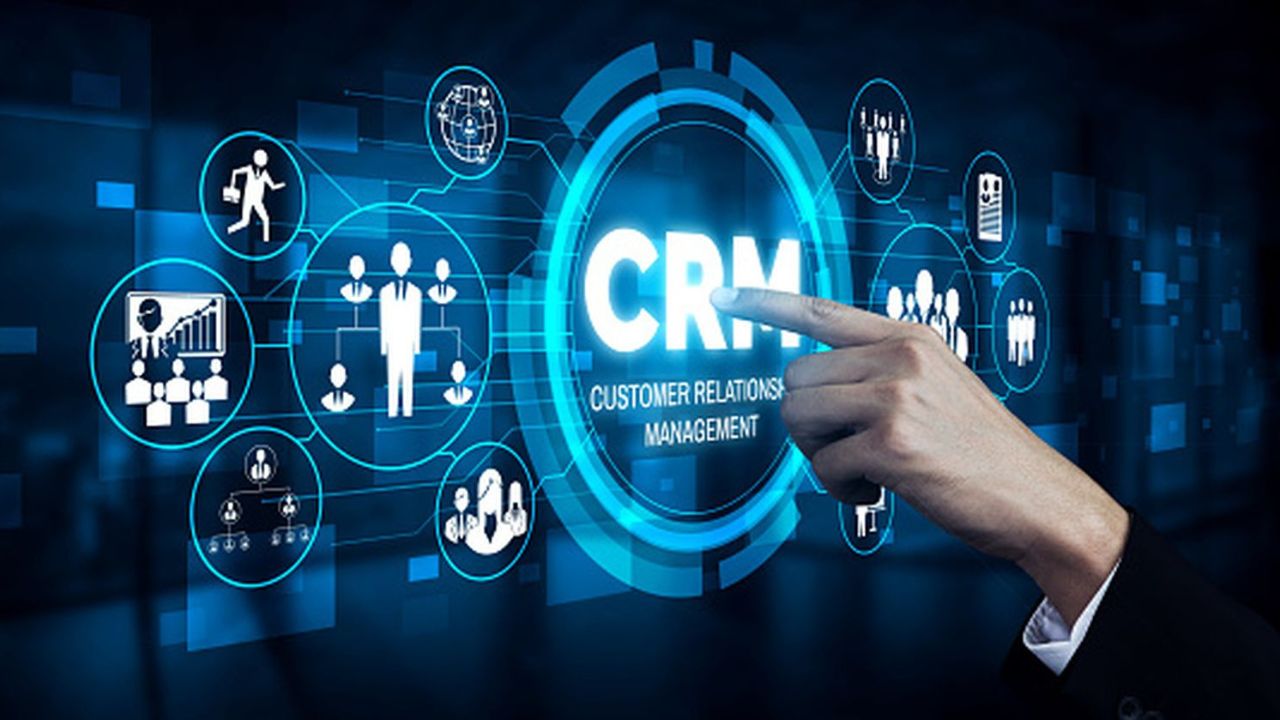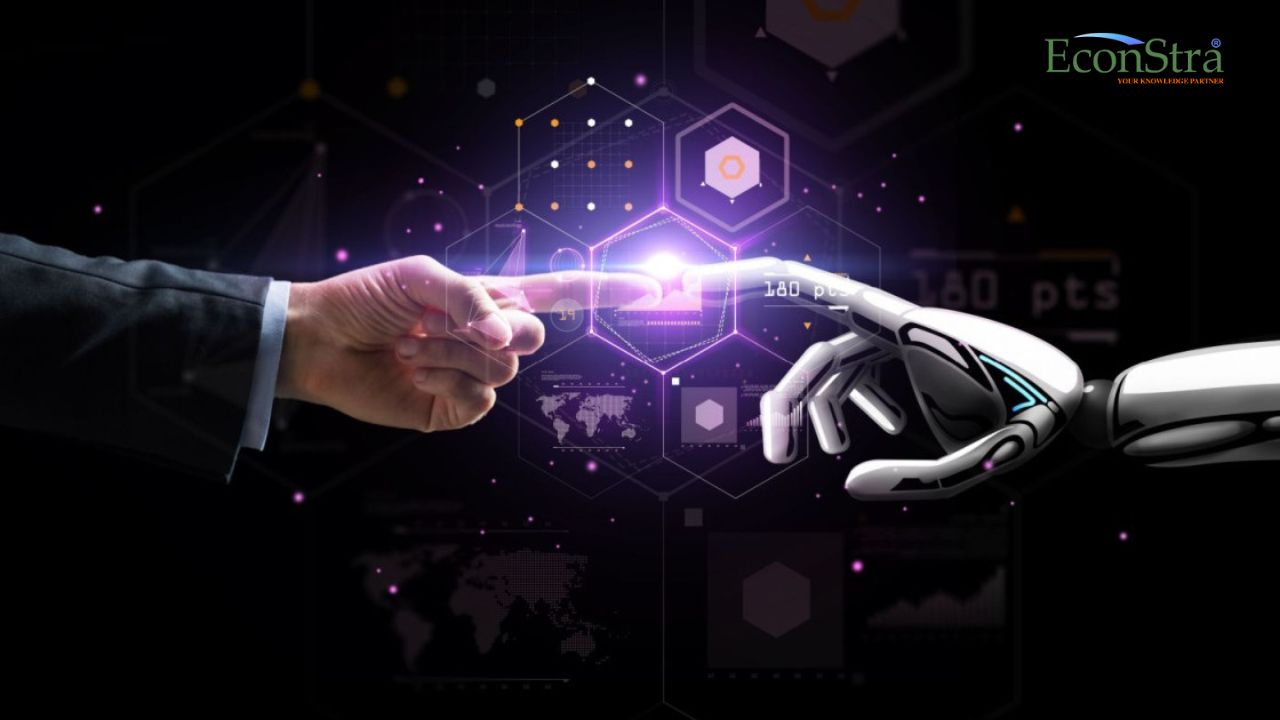by Subhadeep Chowdhury
Share

In the realm of teamwork, effective communication acts as the glue that holds everything together. Whether you are collaborating on a project, managing a team, or striving for a common goal, clear and open communication is paramount to success.
However, despite its significance, communication gaps often plague teams, leading to misunderstandings, delays, and frustration.
Here, today, in this blog post, we will delve deep into the intricacies of communication gaps among team members and explore actionable strategies to overcome them.
So, let’s read this blog carefully to learn how to avoid communication gaps among team members.
Understanding Communication Gaps
Before delving into solutions, let’s first dissect what communication gaps entail. Communication gaps refer to discrepancies or breakdowns in the transmission, reception, or interpretation of information within a team. These gaps can manifest in various forms, including misinterpreted messages, incomplete information exchange, or even complete communication breakdowns.
Several factors contribute to the emergence of communication gaps within teams. One primary culprit is differences in communication styles. Each team member brings their unique communication preferences, which may clash with those of others, leading to misunderstandings. Moreover, lack of clarity in messages exacerbates communication gaps, as vague or ambiguous instructions can confuse team members and impede progress.
Technological barriers also play a role, especially in today’s digital age where remote work is prevalent. Reliance on email, chat platforms, or project management tools can sometimes hinder rather than facilitate effective communication due to technical glitches or mismanagement of communication channels.
Cultural differences further compound communication challenges within diverse teams. Variances in cultural norms, communication etiquette, and language proficiency can impede the smooth flow of information and lead to misunderstandings.
Lastly, hierarchical structures within organizations can create barriers to effective communication. Team members may feel hesitant to voice their opinions or concerns to superiors, fearing repercussions or dismissal, thus inhibiting open communication.
Strategies for Avoiding Communication Gaps
-
Establish Clear Channels of Communication:
Mitigating communication gaps requires establishing unequivocal communication channels within the team. Regular team meetings provide a platform for exchanging project updates, resolving concerns, and nurturing collaboration. Moreover, utilizing communication platforms like Slack or Microsoft Teams enhances real-time communication, keeping all team members well-informed and connected. These tools streamline information sharing, promote transparency, and enable swift decision-making, fostering a cohesive team environment. By prioritizing clear channels of communication, teams can minimize misunderstandings, boost productivity, and achieve collective goals effectively.
-
Encourage Open and Transparent Communication:
Fostering a supportive environment where team members feel empowered to voice their thoughts and ideas is crucial in preventing communication gaps. By promoting active listening, encouraging the sharing of feedback, and championing transparency, trust is cultivated and communication effectiveness is heightened. When individuals feel valued and respected for their contributions, they are more inclined to engage in open dialogue and collaborate effectively. This culture of inclusivity and open communication not only strengthens team dynamics but also ensures that ideas are heard, understood, and acted upon, leading to greater innovation and success.
Also read: Common Small Business Challenges And How To Overcome Them
-
Define Roles and Responsibilities Clearly:
Uncertainty surrounding roles and responsibilities can breed confusion and hinder effective communication within teams. To mitigate this issue, it’s imperative to explicitly outline each team member’s duties, obligations, and expectations. Leveraging tools such as comprehensive job descriptions, organizational charts, and dedicated role clarification meetings aids in ensuring clarity and alignment among team members. When everyone is cognizant of their role in contributing to the team’s success, collaboration becomes more seamless, accountability is heightened, and communication breakdowns are minimized, ultimately fostering a more cohesive and productive work environment.
-
Use Visual Aids and Documentation:
Visual aids and documentation play a crucial role in enhancing communication clarity and comprehension within teams. By utilizing tools such as flowcharts, diagrams, and project timelines, complex information is presented visually, making it easier for team members to grasp and understand. These visual representations not only facilitate comprehension but also promote better retention of information. Additionally, the maintenance of up-to-date documentation ensures that all team members have access to relevant information whenever needed, enabling seamless collaboration and decision-making processes. Thus, incorporating visual aids and documentation into communication practices fosters greater efficiency and effectiveness within teams.
-
Conduct Regular Check-ins and Feedback Sessions:
Regular check-ins and feedback sessions are invaluable opportunities for evaluating communication effectiveness and promptly resolving any issues that arise. Whether conducted through weekly progress meetings, personalized one-on-one sessions, or anonymous feedback surveys, these engagements encourage team members to voice their perspectives, concerns, and suggestions. By actively soliciting input from team members, a culture of continuous improvement and collaboration is fostered, wherein everyone feels valued and empowered to contribute to the team’s success. This ongoing dialogue not only strengthens communication channels but also cultivates a sense of ownership and accountability among team members, driving collective growth and achievement.
Overcoming Communication Barriers
Overcoming communication barriers necessitates more than just the implementation of proactive communication strategies; it demands a dedicated focus on resolving root issues. Active listening techniques play a pivotal role in this endeavor, serving as a cornerstone for fostering mutual understanding and swiftly rectifying misunderstandings. Techniques like paraphrasing and summarizing not only demonstrate attentive listening but also provide opportunities for clarification and validation of messages exchanged.
Also read: How Does Business Process Automation Solve The Communication Gap?
Furthermore, addressing language and cultural barriers is essential for cultivating an inclusive and harmonious team environment. Providing language training for team members who may face language challenges ensures that everyone can effectively communicate and comprehend information. Similarly, organizing cultural sensitivity workshops fosters a deeper understanding of diverse perspectives and communication styles, thereby promoting empathy, respect, and collaboration among team members. By proactively addressing these underlying issues, teams can create a conducive atmosphere where communication flows seamlessly and barriers are dismantled.
NOTE:
In today’s fast-paced work environments, effective communication among team members is paramount for success. Yet, communication gaps can often hinder productivity and collaboration. That’s where task management tools by Econstra Business Consultant come into play, offering a seamless solution to bridge these gaps and streamline communication within teams. By utilizing Econstra’s task management tools, teams can centralize project information, assign tasks efficiently, track progress in real time, and ensure everyone stays on the same page. With features tailored to enhance collaboration and clarity, Econstra empowers teams to communicate effectively, minimize misunderstandings, and achieve their goals with ease.
The Role of Task Management Tool Offered by EconStra
EconStra’s task management tool plays a vital role in bridging communication gaps among team members through several key features:
- The tool provides a centralized platform where team members can collaborate in real time. This eliminates the need for lengthy email chains or scattered communication channels, ensuring that everyone is on the same page.
- Team leaders can easily assign tasks to specific team members within the tool. This clarity in task allocation reduces confusion and prevents tasks from slipping through the cracks. Additionally, team members can track the progress of assigned tasks, promoting accountability and transparency.
- The tool allows for seamless communication through commenting and messaging functionalities. Team members can ask questions, provide updates, and share feedback directly within the task interface, facilitating clear and concise communication.
- EconStra’s task management tool enables easy file sharing among team members. By centralizing document storage and sharing, it minimizes the risk of miscommunication due to version control issues or misplaced files.
- The tool includes a notification system that alerts team members of any updates or changes related to tasks assigned to them. This ensures that no important information is missed and encourages timely responses and actions.
Also read: Steps For A Successful Change Management Process In Business
Conclusion: How to Avoid Communication Gaps Among Team Members?
Effective communication is the cornerstone of successful teamwork. By understanding the root causes of communication gaps and implementing proactive strategies to address them, teams can foster a culture of collaboration, transparency, and mutual respect.
From establishing clear channels of communication to embracing open feedback and leveraging visual aids, the path to seamless communication among team members is paved with intentionality and commitment.
By bridging the gap, teams can unlock their full potential and achieve remarkable results together.
STAY IN THE LOOP
Subscribe to our free newsletter.
Business consultant services provide the strategic insight and expertise necessary to steer your company through various challenges and opportunities. These professionals play a crucial role in helping businesses identify growth opportunities, optimize operations, and achieve long-term success. Understanding the Role of a Business Consultant A business consultant acts as an external advisor who brings a […]
In today’s competitive business landscape, companies are constantly seeking ways to reduce operational costs while maintaining or improving efficiency and customer satisfaction. Customer Relationship Management (CRM) systems have emerged as vital tools that enable businesses to achieve these goals. As a leading business consultancy, Econstra understands the importance of leveraging CRM technology to streamline operations, […]
Why Operational Costs Are Draining Your Profits? Operational costs are a critical aspect of running a successful business, but when not managed properly, they can drain your profits and stifle growth. In a competitive market, maintaining profitability requires keen oversight of expenses and strategic planning. Econstra, as a leading business consultancy, provides insights and strategies […]
In the rapidly advancing digital landscape, Artificial Intelligence (AI) tools have emerged as transformative assets for businesses. Their potential to enhance efficiency, streamline operations, and drive innovation makes them invaluable for business consultants and organizations worldwide. For business consultants in India, AI’s strategic application can be particularly advantageous in navigating a diverse and dynamic market. […]




